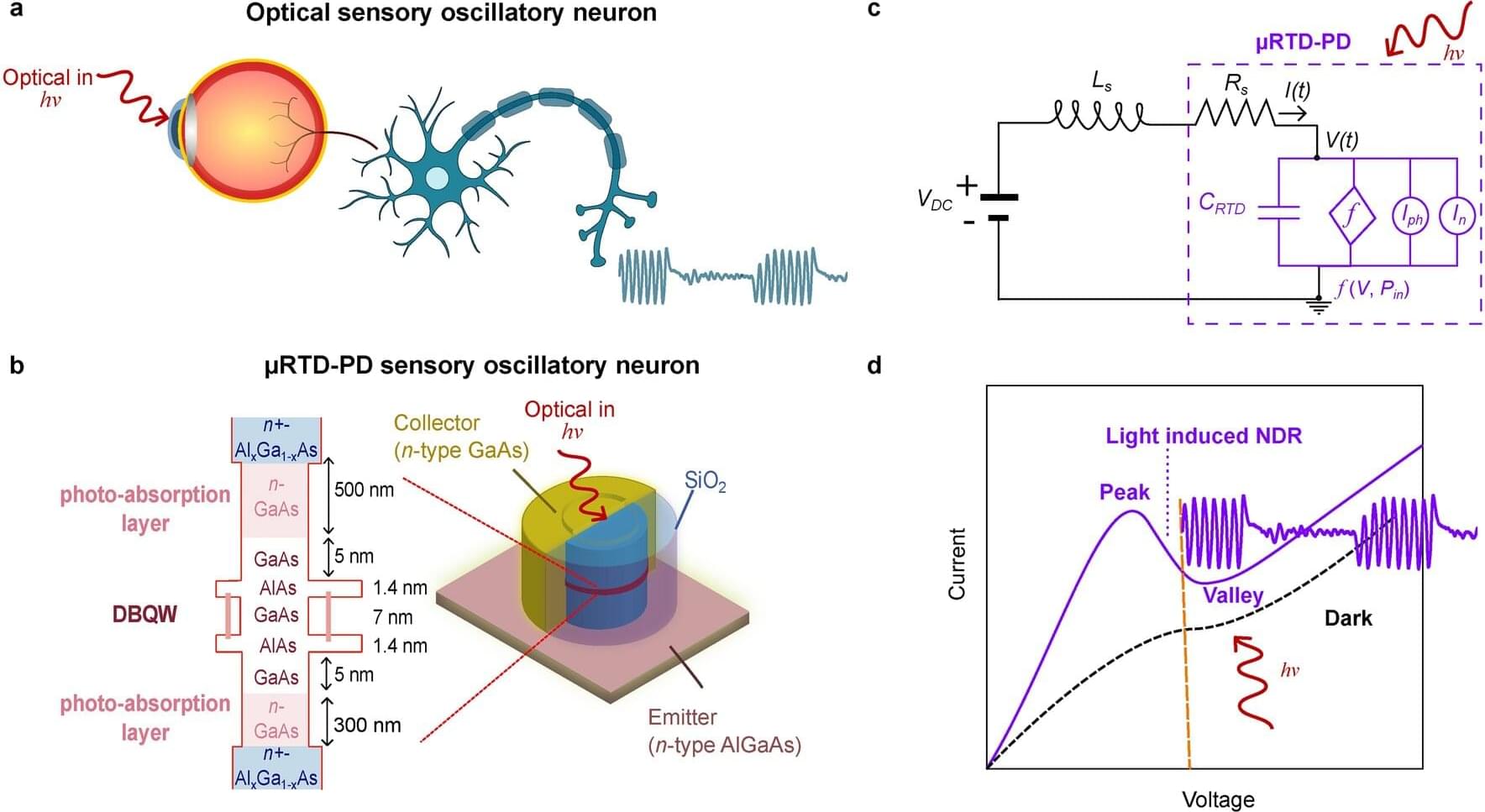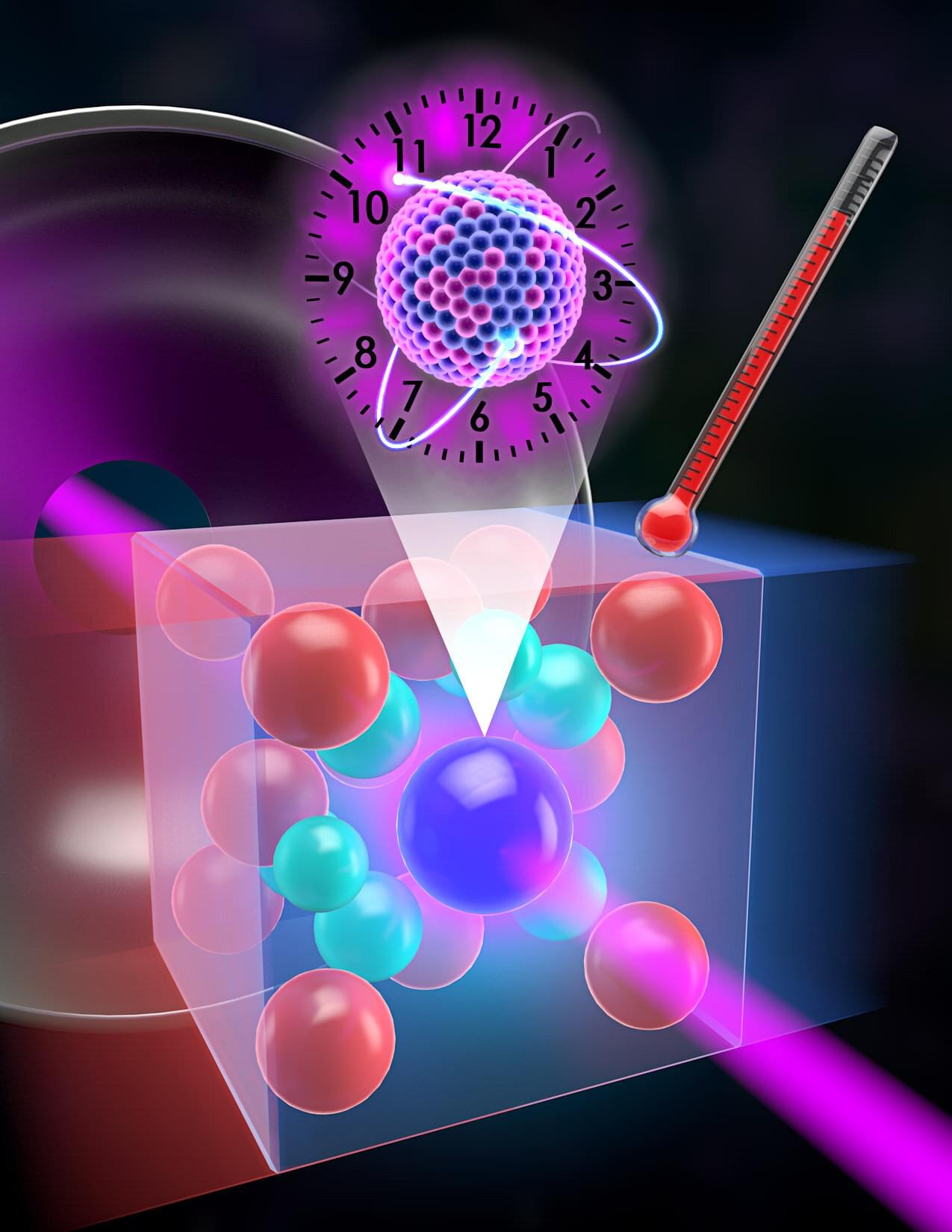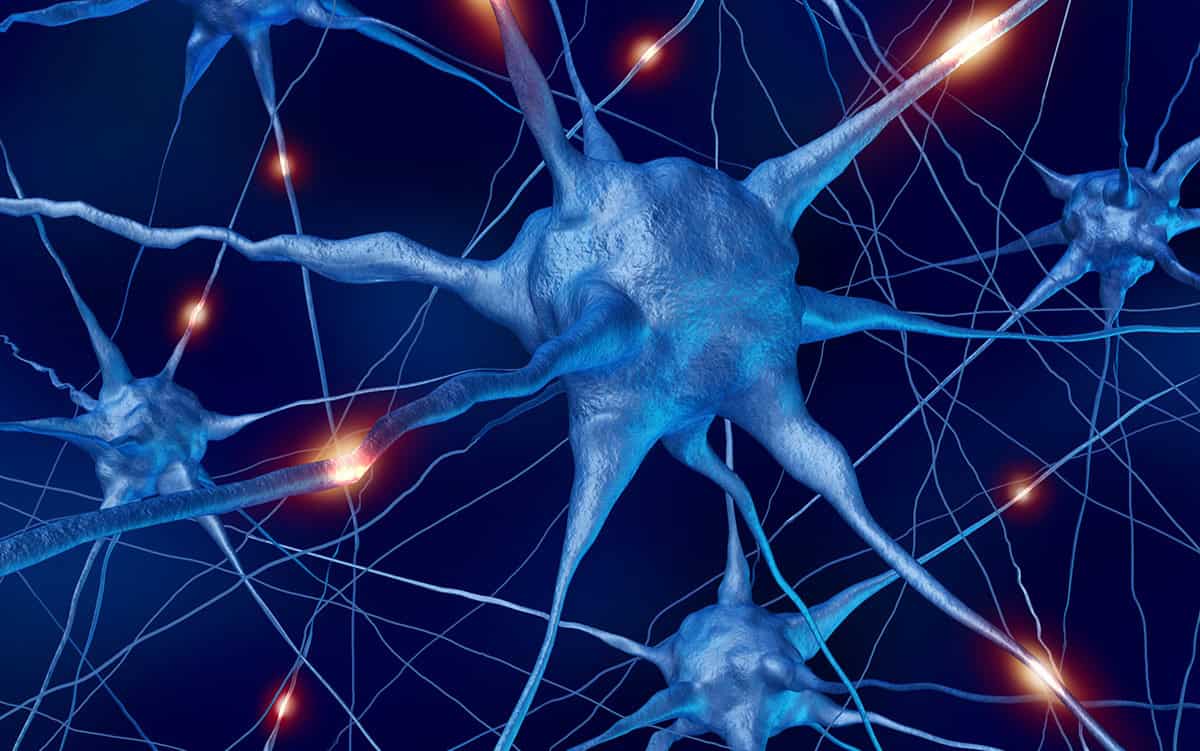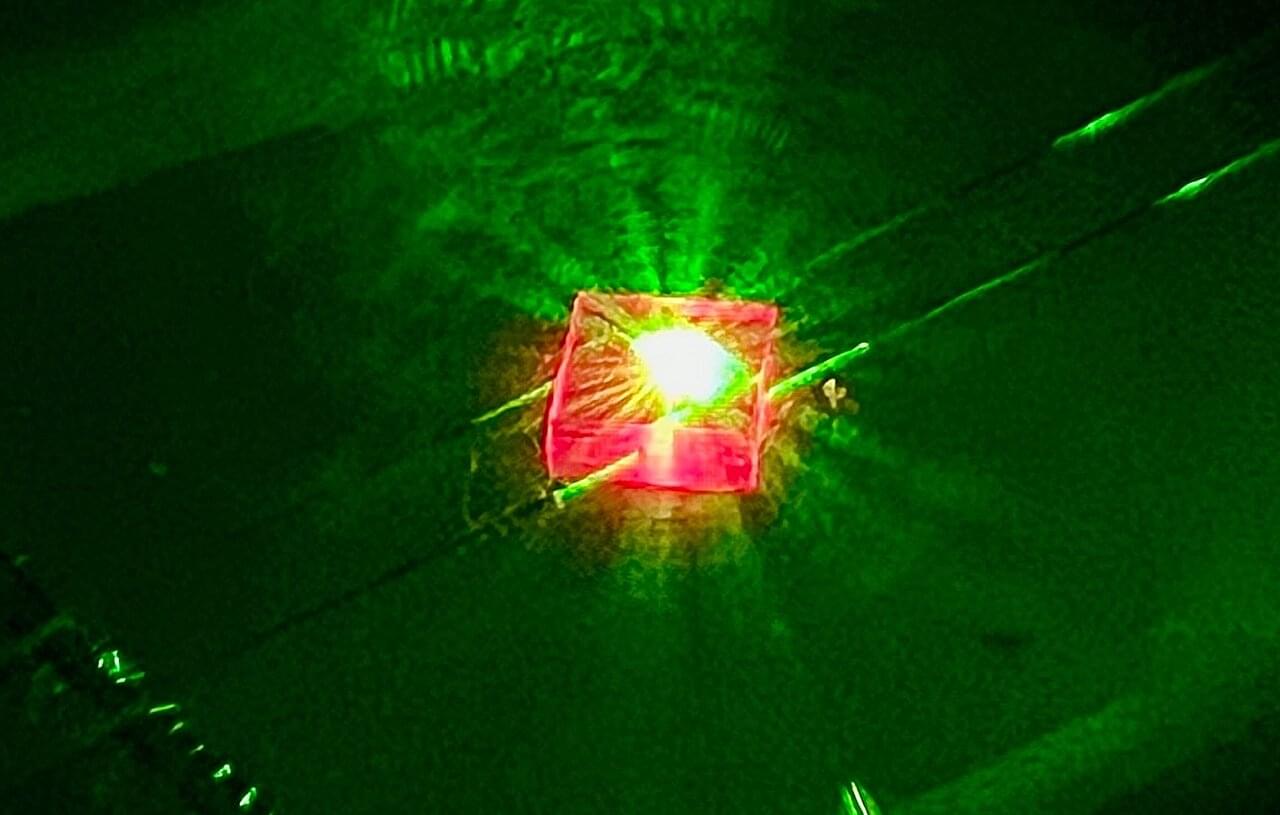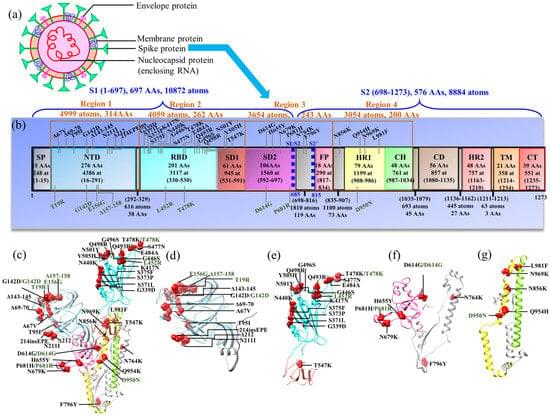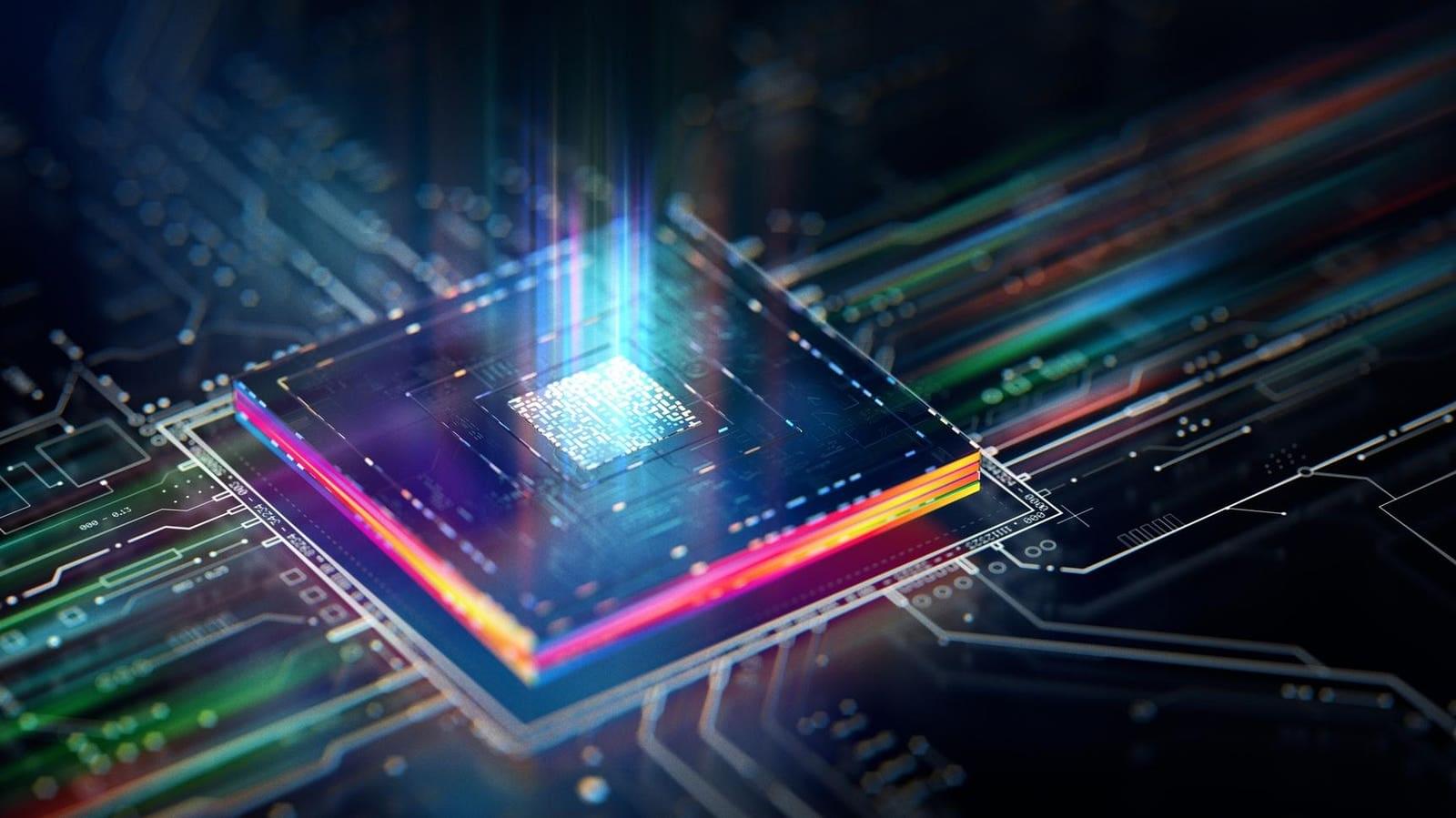A research team led by Prof. Zhengtian Lu and Researcher Tian Xia from the University of Science and Technology of China (USTC) has successfully created a quantum state with a lifetime on the scale of minutes using optically trapped cold atoms. This breakthrough significantly improves the sensitivity of quantum metrology measurements. Their findings were published in Nature Photonics
<em> Nature Photonics </em> is a prestigious, peer-reviewed scientific journal that is published by the Nature Publishing Group. Launched in January 2007, the journal focuses on the field of photonics, which includes research into the science and technology of light generation, manipulation, and detection. Its content ranges from fundamental research to applied science, covering topics such as lasers, optical devices, photonics materials, and photonics for energy. In addition to research papers, <em> Nature Photonics </em> also publishes reviews, news, and commentary on significant developments in the photonics field. It is a highly respected publication and is widely read by researchers, academics, and professionals in the photonics and related fields.


